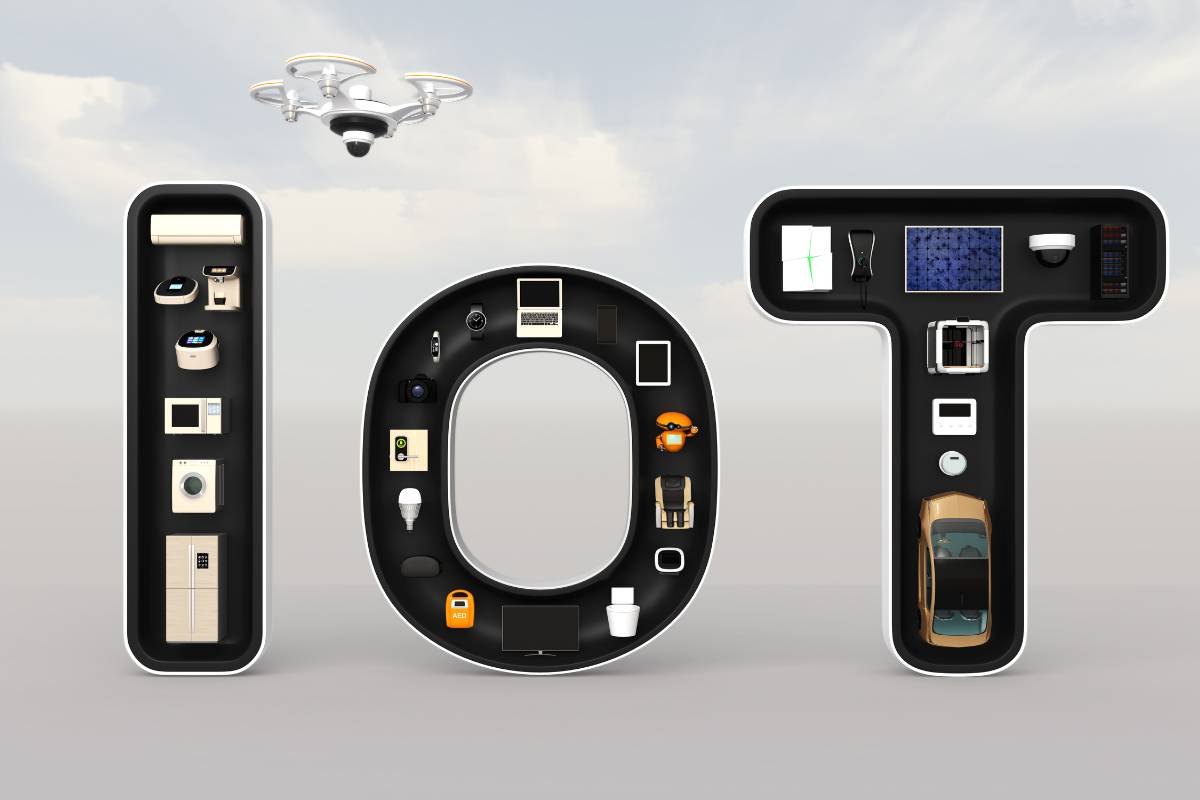Artificial Intelligence (AI) coupled with IoT (Internet-of-Things) is helping with automated real-time data analysis and decision making. Both together are called AIoT. There are multiple benefits of AIoT, such as scalability, improved operational efficiency, better risk management, downtime prevention, and enhanced products and services. But to drive the growth of AIoT, the key ingredient or element is 5G, said a Counterpoint Research report. Here’s what is possible with 5G.
How 5G AIoT Can be Leveraged
5G AIoT can be leveraged for the following:
Industrial Manufacturing; Smart Cities; Smart Home; Autonomous Vehicles; Wearables; Retail.
Because 5G can bring in high bandwidth and super low latency, it can enable real-time data analysis. But the key challenges right now remain – a) lack of 5G infrastructure; and b) security – both on a hardware and software level, said Counterpoint Research.
Qualcomm is the Leading Vendor in the AIoT Chip Space
In the 5G AIoT space, Counterpoint said that Qualcomm is the largest vendor. Qualcomm has launched the world’s first AI-supported 5G modem Snapdragon X70. In the 5G AIoT chips, Qualcomm’s offerings are broader than competitors, including MediaTek, Unisoc, Thundercomm, and more. 5G spectrum auction in India is just six days away now. Post the spectrum auction, the Department of Telecommunications (DoT) will try to allocate the spectrum to the telcos as fast as possible so that they can launch 5G networks on or before August 15, 2022. 5G AIoT is just one facet of what 5G can enable for the world and India. AIoT isn’t possible at scale without the power of 5G networks. Otherwise, the data wouldn’t be real-time, and multiple inefficiencies will be discovered. As per Counterpoint Research, the shipments of 5G AIoT-supported modules will grow at a CAGR of 84% between 2022 and 2030. Further, over 60% of the 5G IoT modules shipped by 2030 will have AI capabilities for real-time decision-making.
